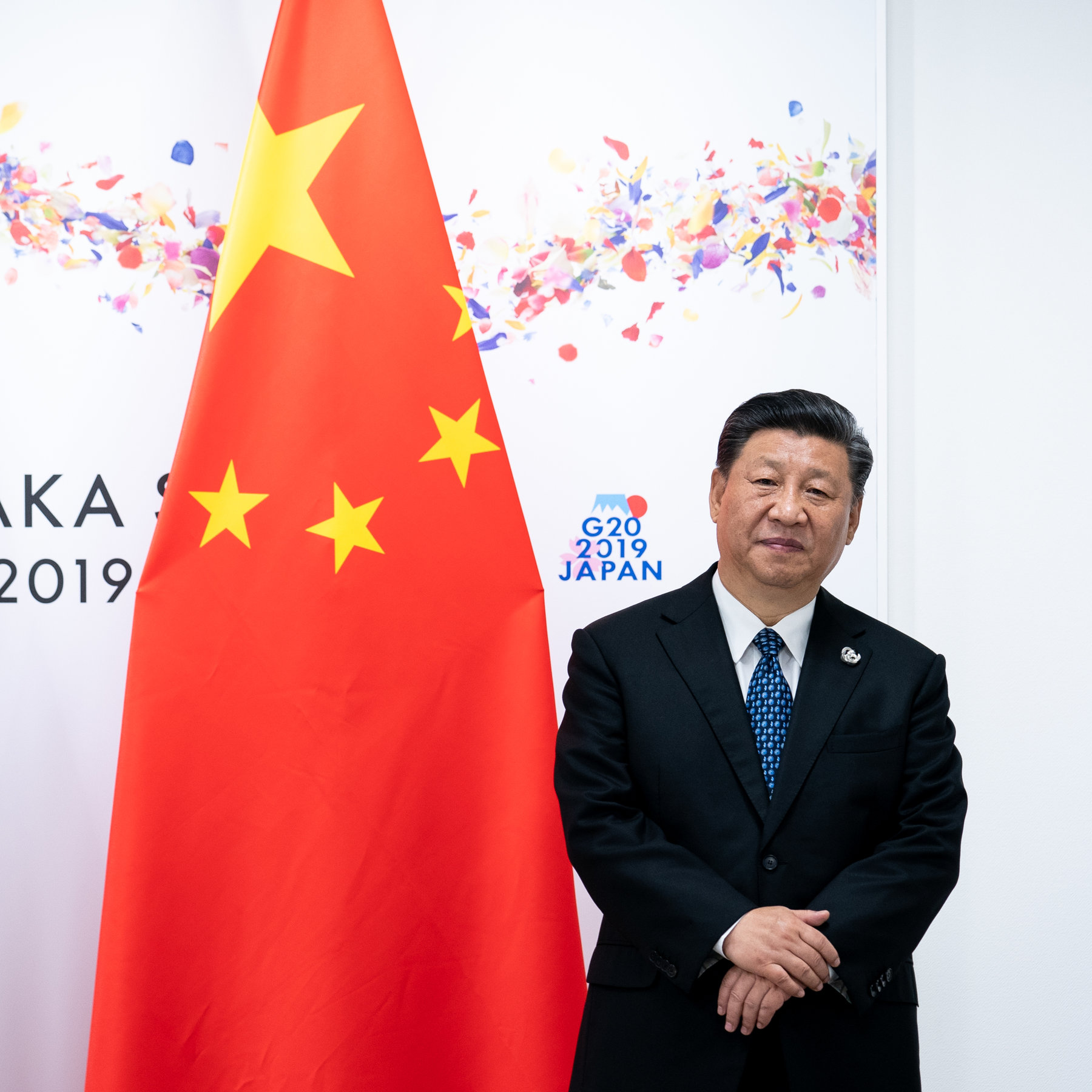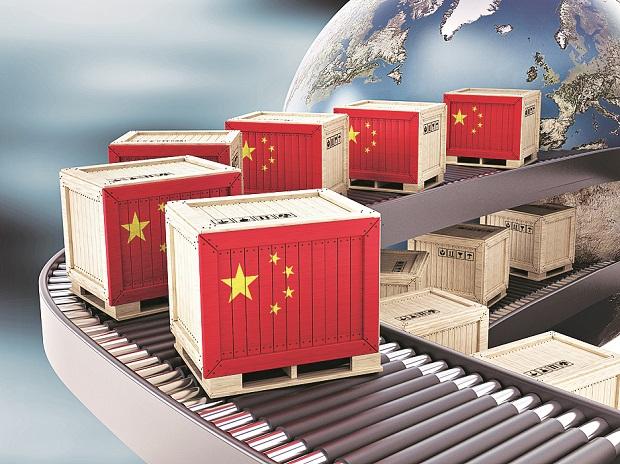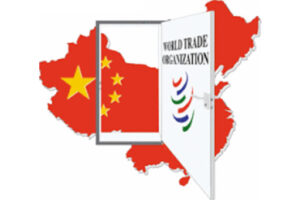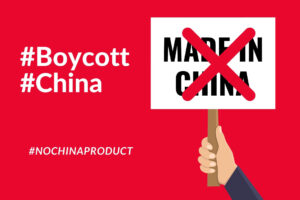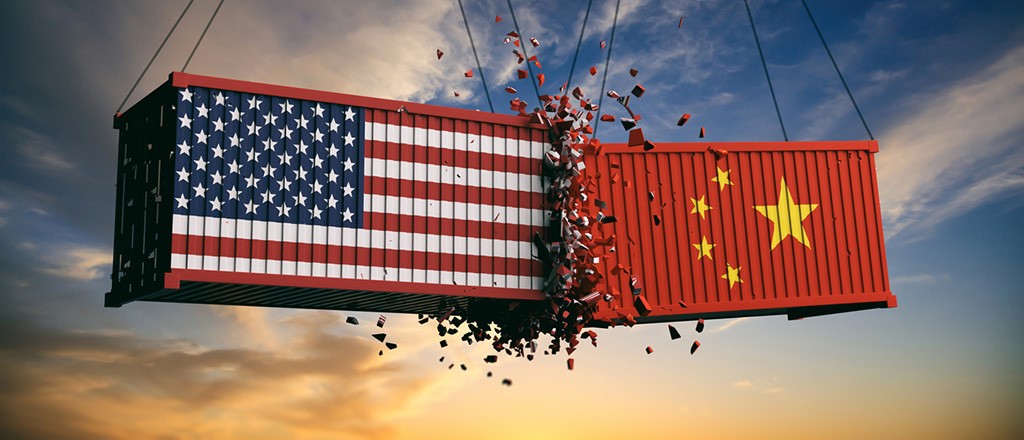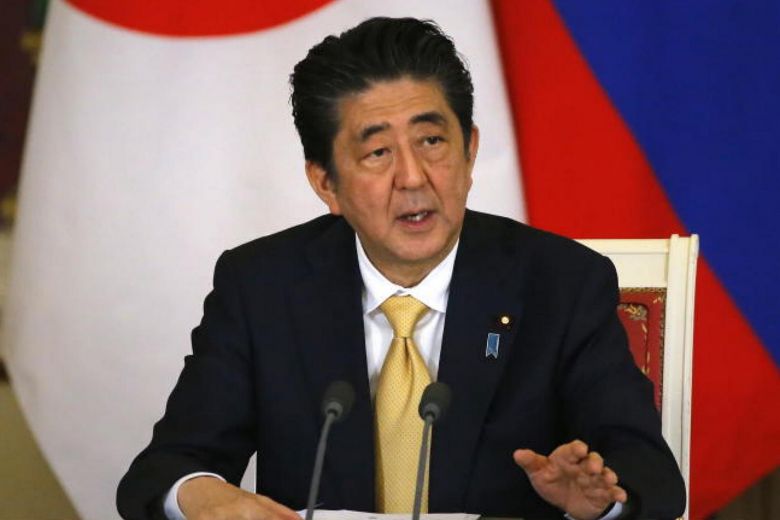How did China become the world’s factory?
China’s industrial revolution, which proceeded 35 years ago, is one of the most significant economic phenomena since the Industrial Revolution. The reason is simple: Less than 10% of the world’s population was fully industrialized; if China can successfully complete its industrialization, an additional 20% of the world’s population will be arriving in modern times. Thanks to the country’s colossal demand for raw materials, energy, trade and capital flows, China is igniting new growth across Asia, Latin America, Africa and even the industrial West.
China’s instantaneous advancement has amazed many people, including economists.
How could a nation with 1.4 billion people transform itself into a formidable industrial powerhouse suddenly from a vastly impoverished agricultural land when so many tiny nations have been unable to do so despite their more favourable social-economic conditions?
A turning moment in the history of economic development of China was ‘The entry of China in the World Trade Organisation in 2001’.
US thought China to be a great market and their companies can’t compete with US-based companies so China’s entry would be a great boom for US.
China tried to bring its companies and export to US but US rejected fearing of competition and its great share in IMF ensured Chinese to keep out of it
China played a counter tactic here. They thought ‘If our companies can’t go there, why not bring their companies here?’
By creating tax-free SEZs and mass skill programmes, the workforce started getting skilled. Microsoft, Apple, Rockwell, HP everybody shifted their manufacturing offices to China partly because of cheap labour and cheap raw material
When companies built their base offices, people migrate, infrastructure rises, FMCG, energy companies, automobile every industry booms as demand rises.
So all US companies producing goods in China started selling it to the world. And Chinese companies learning the ecosystem quickly started becoming competent. And the rest of the Chinese miracle is history…precisely Offshoring is the process we call it.
Global backlash towards China over coronavirus outbreak
According to a survey conducted by Pew Research Centre two-thirds of the Americans who participated say that they have an unfavourable perception of China.
There is a worldwide negative perception against China. The coronavirus pandemic outbreak and its origin in Wuhan has further exacerbated these sentiments against that country. With US general elections due late this year, President Donald Trump has been accusing China for delaying information about the COVID-19 causing more worldwide anxieties.
According to a survey conducted by Pew Research Centre two-thirds of the Americans who participated say that they have an unfavourable perception of China. This is the most negative rating for the country since the Pew Centre began asking the question in 2005, and up by nearly 20 per cent since the commencement of the Trump rule. Even positive views of China’s leader, President Xi Jinping, are at historically low levels.
There is already a momentum that is playing out against China among the Western countries. But on the other hand, the South-East Asian leadership is underplaying the whole issue against China given the influence of the Chinese economy on their markets. India continues to keep a neutral position with the policymakers trying to capitalize on anti-Chinese business sentiment to favour India’s sliding economy.
Of late, even in India, sentiments against China have been growing following the reports of failed coronavirus test kits and the recent incursion of Chinese troops into the Indian side of the Line of Actual Control (LAC) along the Indo-China border near Leh.
Companies shifting supply chain from China to other countries
33% of companies with global supply chains have already moved their manufacturing activities out of China or planning to do so in the coming2-3 years
China has been called the global manufacturing hub, for years. But its export story is losing the portrayal. Foreign companies are willing to move out, and China has none to blame. Beijing mishandled a pandemic and tried to bully the world.
Consequently, corporate leaders are losing confidence in China. A survey of 260 global supply chain leaders has revealed that one in three companies are willing to leave.
They want to move sourcing and manufacturing out of China — if not immediately, then in two to three years.
The first trigger was the US-China trade war.
Companies realised too much dependence on China was a bad idea. With all of china’s disputes, operating factories there isn’t cheap anymore.
President Trump has used the pandemic as an opportunity to encourage more companies to bring manufacturing back to the United States. But for all the president’s criticisms of global supply chains, the economic incentive to outsource still prevails.
Trump announced tariffs on $370 billion of Chinese goods. And costs went up by 100 million dollars for some companies.
While China itself doesn’t pay any money for tariffs imposed on its exports to other countries—such fees are collected by U.S. Customs and Border Protection (CBP) from domestic importers, who typically pass the cost on to consumers in the form of higher prices—the tariffs still make Chinese products more expensive to American buyers.
In reaction to those elevated prices, many companies have begun sourcing from alternative locations such as Vietnam, India, and Mexico, Gartner said. In addition to dodging the increased costs triggered by tariffs, moving business out of China also allows companies to make their supply chains more resilient, meaning that they have good visibility and the agility to shift sourcing, manufacturing, and distribution activities around quickly.
More than 50 companies left China at the height of the trade war.
As more than 50 multinationals from Apple to Nintendo to Dell are rushing to escape the punitive tariffs placed by the U.S, the pace of companies moving production out of China is accelerating. Many of these companies are aiming to rebuild their supply chains abroad, primarily in Southeast Asia, rather than moving their operations to the United States as Trump urged, according to the Nikkei Asian Review.
The Japanese video game giant, Nintendo has diverted production of its popular Switch console out of China to Vietnam,. Google has shifted the manufacturing of its Cloud motherboards and some Nest smart home products to Taiwan and Malaysia. Hewlett-Packard and Dell both plan to relocate chunks of their personal computer manufacturing to Southeast Asia, according to reporting from the Wall Street Journal
In wake of the intensifying battle, more and more companies announced plans or are considering shifting manufacturing from China because the trade war between the U.S. China dragged on for more than a year with 25% tariffs placed on $200 billion of Chinese goods. President Donald Trump threatening to slap other duties on $325 billion of goods.
The novel coronavirus has made things worse. And hence, Trump’s onslaught continues. He says American companies must not operate in Xinjiang because of China’s human rights violations against Uighurs. Business leaders do not want to be caught in the crossfire. So they are planning to leave China. There are many options of the destination too. Nike has been moving its factories to Southeast Asia and Africa, For over a decade. Labour cost is 60 percent cheaper in Vietnam, which is quickly emerging as a leading global manufacturer. Even the iPhone maker — Taiwan’s Foxconn — has one of its largest hubs outside China in Vietnam.
Taiwan is offering cheap finance and tax breaks, to this end. It has brought more than $30 billion of investments last year.
So the global supply chains are being delinked with China and linked with countries like Vietnam, Mexico and India.
All for a simple reason — these countries offer a secure business environment, and provide everything else that China has to offer and more.
Japanese programme to pay its companies for moving out of China
To make companies relocate to Japan from China, Japan is planning to pay 57 companies $536 million in subsidies. Another 30 companies have also been identified under the program but the compensation for these firms has not been disclosed.
Companies will now get paid by the Japanese government to move their factories out of China and establish them back at home or in other Southeast Asian countries. This move is part of a new programme to reduce the dependence of manufacturing on China and to secure supply chains.
According to a report in Bloomberg, 57 companies including facemask-maker Iris OhyamaInc and Sharp Corp would receive 57.4 billion yen or $536 million in subsidies from the government. The Ministry of Economy said,30 other firms would receive money to move factories to Vietnam, Myanmar, Thailand and other Southeast Asian countries, Trade and Industry. It has not provided information on the compensation that would be extended to these companies.
in this round, the Japanese government will spend 70 billion yen. The payments would come from the 243.5 billion yen that was earmarked to reduce dependency on Chinese supply chains.
Japan is not the only country to take such a decision. As US-China relations deteriorate, there have been discussions in the US and elsewhere to reduce dependency on China. Even Taiwan is aiming to bring back investment from China. Chinese companies in India have also faced backlash after the India-China border tensions. The government banned 59 Chinese apps, including TikTok, UC Browser, Shein and more. The government has also rescinded several contracts to Chinese firms over security concerns.
Can India replace China as a manufacturing hub?
As the global manufacturers seek to diversify their operations following the COVID-19 outbreak, they have initiated talks with Indian firms to explore the possibility of shifting a part of their supply chains from China.
According to industry executives, first of the lot are companies interested in sourcing automobile components and electronic products from India.
India’s cabinet announced a production-linked incentive (PLI) scheme in March for the electronics sector with an outlay of over ₹40,000 crores. Pegatron, Apple’s second-largest contract manufacturer, and Samsung were among 22 companies to have committed investments worth Rs11,000 crore while applying for the government’s production-linked incentive scheme that seeks to establish India as a smartphone export hub rivaling northeast Asia’s electronics powerhouses.
US-based makers of medical electronics products Teledyne and Amphenol and medical equipment makers such as Johnson and Johnson are some global firms that have shown interest in India.
Opportunity for India
After the China-US trade war and coronavirus pandemic, many companies are planning to shift their manufacturing units outside China.
Countries like Japan, America, South Korea are now planning to shift their base in India, who were earlier dependent on China. As per several reports, companies have initiated talks with the Indian authorities and may set up industries anytime soon in India in sectors like electronics, medical devices, mobile phones, etc.
The major reason why several companies are planning to shift their base in India is due to its lowest corporate tax rate in Southeast Asia. In September 2019, the Government of India has reduced the rate of corporate tax from 30% to 25%. On the other hand, it is 15% for the companies who are planning to set up new factories
What India must learn from China?
When China started manufacturing in the 1980s, it provided world-class infrastructure, logistics, complete policy support to the sector as well as low labour wages, etc, which led it to emerge as the world’s largest manufacturer ahead of the US.
To grab this opportunity and to stand out among others, India needs to create a world-class manufacturing ecosystem offering highly trained and efficient manpower, ease of doing business, innovations, etc. Which in turn will attract the global companies to set up their units in India.
India also needs to build up its capabilities in all kinds of production needs by fostering innovation. The ‘Make in India’ initiative launched by Prime Minister Modi will enhance the skill of the manpower, thus creating a large pool of skilled manpower.

